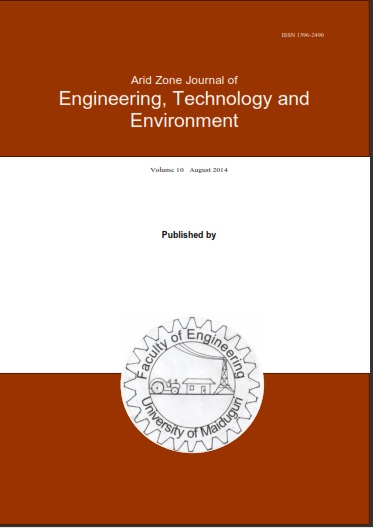Abstract
Rising cost of energy tariff in Nigeria has brought to the fore the need for energy savings and power management. However, existing prepaid meters in the country are not user friendly. They do not give room for users to track power usage in a bid to observe the impact of load increase on units of energy purchased from utility providers. Load profiles like voltage, current and power of connected loads are not displayed on the energy meters making it impossible to conserve energy and manage power. In addition, these meters do not send notifications to consumers on the status of energy subscription. This study therefore developed a single-phase smart energy meter that availed consumers the opportunity of observing load changes on the screen from time to time. It notified customers via Short Message Service (SMS) when energy subscription was made and when unit of energy was low. The system consisted of hardware and software parts. The hardware parts composed of power supply unit, sensing unit, display unit, GSM module and energy meter. The software part involved programming ATMeg328P microcontroller enshrined on arduino Nano board using C# programming language. The system displayed energy worth of 50Wh for 4naira on the first recharge. This unit of energy was exhausted after leaving the system for several hours by connecting appliances like electric fan, soldering iron and electric iron. In particular, the system displayed power value of 114.73W when standing fan and two soldering irons were connected to the system. The power of connected load increased to 216W when electric iron was added. In addition, the system displayed unit of energy used and the remaining unit at every point in time. It also sent notifications to consumers through SMS to subscribe when energy unit was less than 5Wh and stopped working when energy unit was exhausted. It was therefore seen that the system was functional and displayed load profile (power and voltage) changes appropriately. The system is suitable for use in residential buildings, offices and applications where energy management is required.

This work is licensed under a Creative Commons Attribution-NonCommercial-NoDerivatives 4.0 International License.
Copyright (c) 2024 Arid Zone Journal of Engineering, Technology and Environment published by University of Maiduguri, Nigeria

